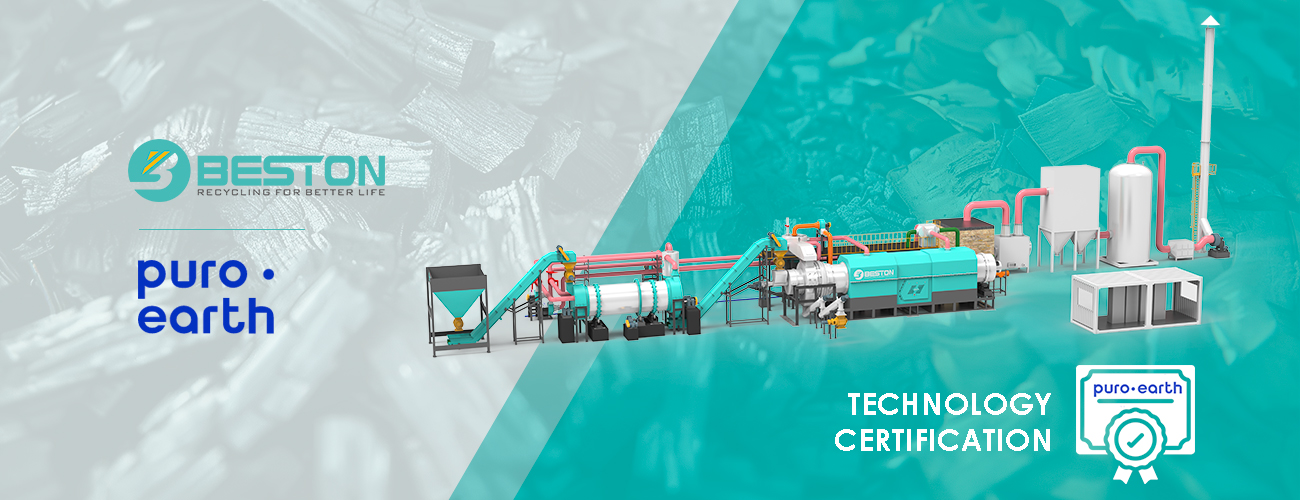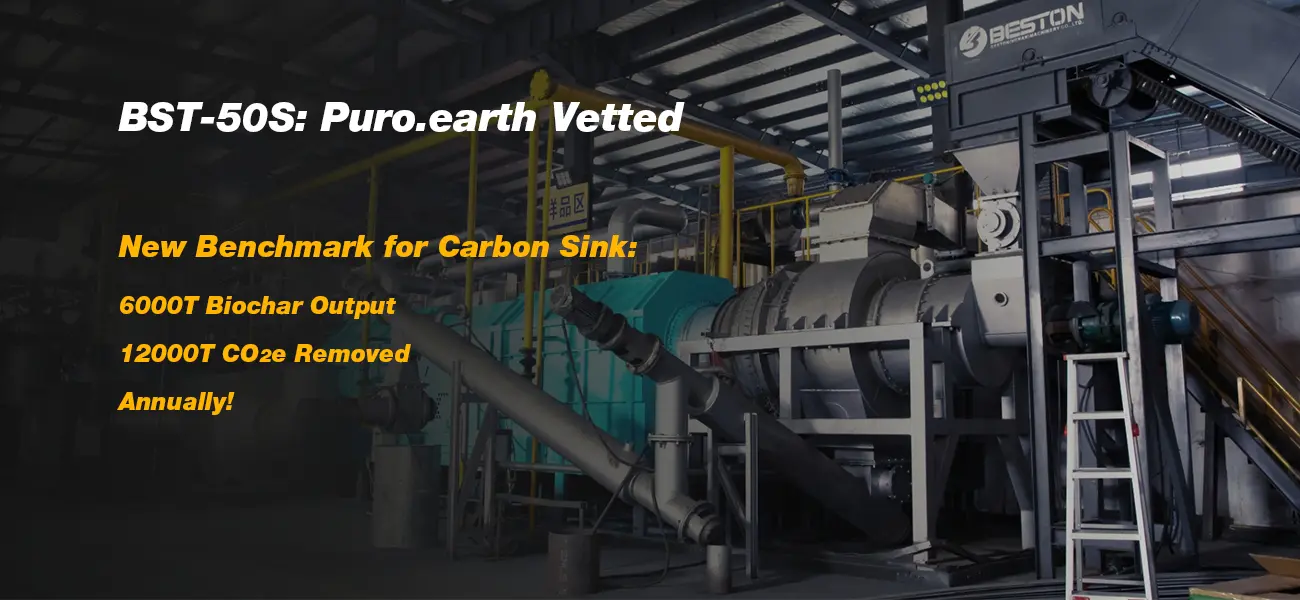Starting a biochar production business can be both profitable and environmentally beneficial. With global demand for carbon-negative materials growing, a well-planned biochar factory can generate strong financial returns while contributing to sustainability goals. This guide explains how entrepreneurs can go from concept to a fully operational biochar facility — covering feasibility, technology selection, operations, and market entry.
Step 1: Define Your Vision and Business Model
Before any machinery is purchased or site selected, clarify the purpose of your biochar venture. Are you producing for agricultural soil enhancement, carbon credits, or industrial applications like filtration and water purification? Each segment has different quality and volume requirements. Understanding your core customer base will influence every later decision — from feedstock choice to product packaging.
A flexible production line, such as one equipped with a biochar machine, can help new businesses serve multiple markets. Choosing adaptable technology early helps avoid costly retrofits as your business expands.
Step 2: Assess Feedstock Availability
Feedstock supply determines both production costs and environmental impact. Conduct a local biomass survey to identify materials like rice husks, sawdust, straw, or palm kernel shells. The ideal feedstock is abundant, low-cost, and consistently available.
For instance, if you are located in regions where palm processing is common, you can utilize residues efficiently with a palm kernel shell charcoal machine. Similarly, areas rich in crop residues can benefit from using a straw charcoal machine, which converts agricultural waste into valuable biochar and renewable energy byproducts.

Step 3: Conduct Market and Profitability Analysis
Successful biochar factories rely on clear understanding of local and global markets. Start by estimating potential demand from:
- Farmers and agricultural cooperatives seeking soil conditioners.
- Landscaping and horticultural businesses using biochar for water retention.
- Companies purchasing carbon credits or offset projects.
- Municipalities exploring sustainable waste management solutions.
Develop financial projections that include feedstock costs, energy consumption, labor, equipment depreciation, and logistics. A conservative profitability analysis ensures your business model can withstand market fluctuations.
Step 4: Choose the Right Technology Partner
Selecting reliable equipment and suppliers is critical for operational success. Look for manufacturers with strong after-sales support, installation guidance, and performance guarantees. One such global supplier is Beston Group, known for advanced waste-to-energy and biochar production systems designed for durability and environmental compliance.
Their range of pyrolysis and carbonization solutions enables continuous production, minimal emissions, and high carbon yield — all essential for long-term profitability and regulatory approval.
Step 5: Develop a Site Plan and Secure Permits
The factory location should balance accessibility, feedstock proximity, and compliance with environmental regulations. Evaluate zoning laws, emission standards, and safety requirements. Ensure the site has:
- Adequate space for raw material storage, processing, and finished product warehousing.
- Reliable electricity or renewable energy integration options.
- Provisions for wastewater and emission management.
Early engagement with local authorities helps streamline permit acquisition and avoid costly project delays.
Step 6: Design Operational Workflow
Once the site and equipment are finalized, map your factory’s operational workflow. This includes feedstock preparation (drying and shredding), carbonization, cooling, screening, packaging, and distribution. Automation and process control software can optimize efficiency and minimize human error.
Continuous systems like those used in modern straw charcoal machine setups allow steady production and lower downtime. It’s vital to maintain clear standard operating procedures (SOPs) for safety and quality assurance.
Step 7: Plan for Energy Efficiency and Emission Control
Energy optimization not only reduces operational costs but also enhances environmental credibility. Many biochar systems recycle combustible gases generated during pyrolysis to heat the reactor — creating a closed-loop, low-emission process.
Equip your facility with gas cleaning units and temperature monitoring instruments to ensure clean combustion and compliance with air-quality standards. This is especially important if you plan to export biochar or participate in carbon markets where verification protocols are strict.
Step 8: Build a Skilled Team
Your workforce should combine technical and managerial expertise. Hire process engineers, operators trained in pyrolysis technology, and environmental compliance officers. Regular training ensures consistent production quality and workplace safety.
Consider collaboration with research institutions to continuously improve feedstock conversion efficiency and biochar performance for different applications.
Step 9: Branding and Market Entry Strategy
Branding is often overlooked in technical industries, but it’s vital for differentiating your biochar product. Develop a name and visual identity that highlight sustainability and innovation. Use data-backed case studies to demonstrate product effectiveness to potential buyers.
Early marketing channels might include agricultural trade shows, local farming networks, and online platforms for sustainable products. Providing free samples and technical support can accelerate market trust and repeat sales.
Step 10: Scale and Diversify
Once the initial facility achieves stable output, reinvest profits into expansion. Consider adding complementary product lines such as activated biochar or pelletized blends. You might also license your process to partners in other regions or establish satellite plants near new feedstock sources.
Scaling requires continuous quality control and technology updates. Working with a dependable supplier like Beston Group ensures access to upgrades and innovative features that keep your factory competitive.

Conclusion
Launching a biochar factory from zero is a challenging yet rewarding endeavor. With growing emphasis on sustainable agriculture, carbon sequestration, and waste valorization, the timing for entry has never been better. Entrepreneurs who combine technical insight, solid financial planning, and strong partnerships can transform local biomass residues into a global sustainability asset.
From the first feasibility study to full-scale production, every decision — from choosing the right biochar machine to establishing reliable feedstock chains — determines your success. By focusing on quality, efficiency, and environmental responsibility, your biochar business can thrive in the decade of green transformation.